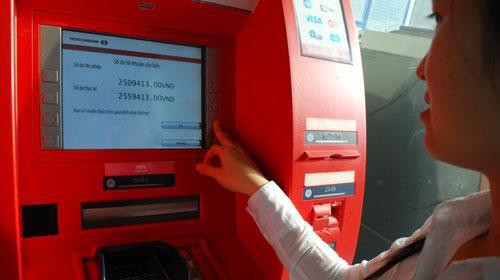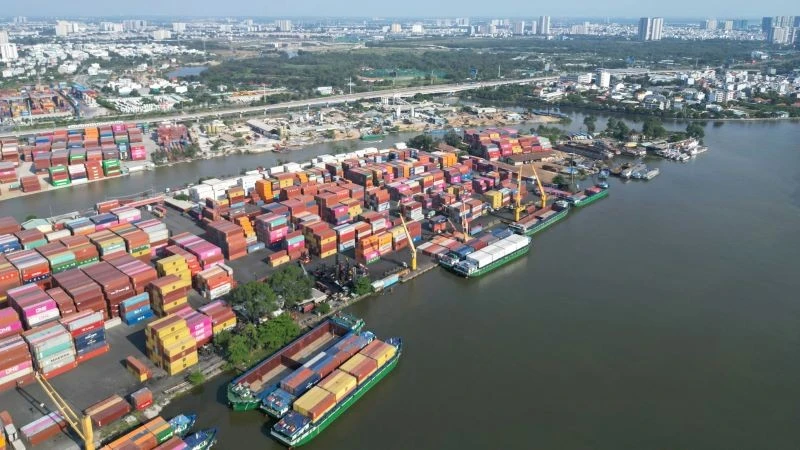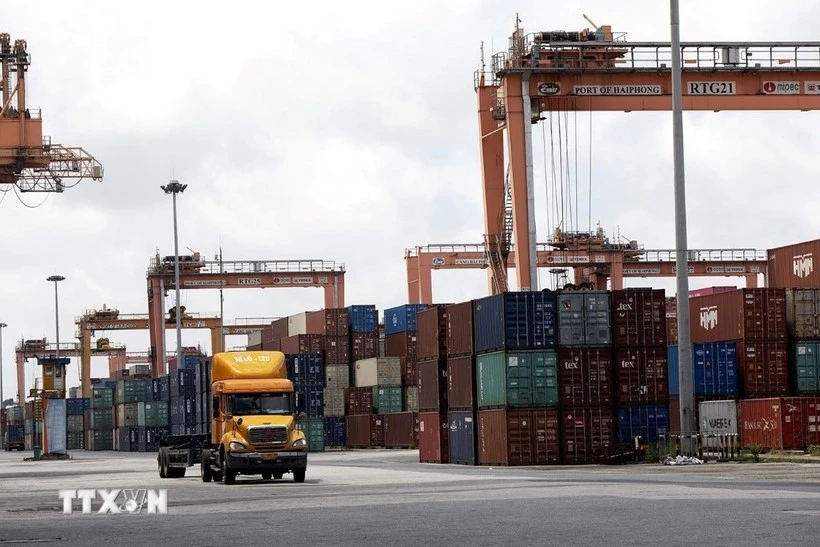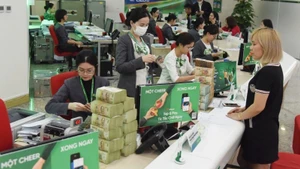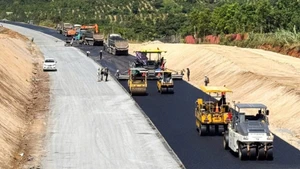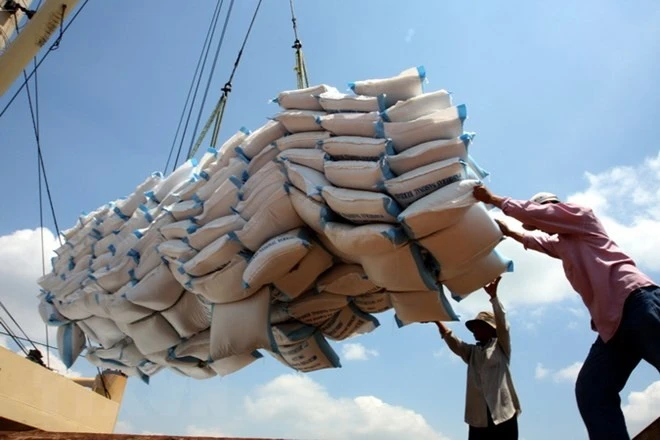Non-cash payments also make significant contributions to restructuring the local banking system and diversifying banking services amid new developments in the economy.
In Vietnam, the proportion of cash payments fell from 23.7% in 2001 to 14.2% in 2010 but remained higher than the world average. It is undeniable that cash is still the most popular payment method used in the public sector and by the average person.
There are several reasons for this, but the primary one is that the habit of using cash in daily life is so deep-rooted the public feels reluctant to adopt alternative payment methods.
Inadequate information technology (IT) infrastructure is also a major factor restricting customer access to electronic banking services.
In addition, a rudimentary tax management system has enabled numerous individuals and businesses to exploit tax loopholes. They prefer using cash payments to non-cash instruments in order to evade taxes and gain personal benefits.
In fact, many countries are enjoying real benefits from non-cash payments: it puts more idle money into production, increases investment capital, enhances the central bank’s capacity to control the amount of money circulated and eliminates corruption and money laundering.
In countries with developing banking systems, the use of non-cash payment instruments also contributes to restructuring the local banking system and diversifying banking services to meet the growing demands of the finance and banking sectors.
The percentage of non-cash payments is also a measurement of effective IT application in banking services.
The Vietnamese Government is well aware of the importance of non-cash payments and has made significant moves towards promoting the use of non-cash payments including approving a plan to payment options, changing the habit of using cash, and enhancing the performance of the local banking system and State management effectiveness.
Under the project, Vietnam aims to reduce the proportion of cash payments to below 11% by the end of 2015 and increase the percentage of the population with bank accounts to 35-40%.
To realise these targets, the authorities need to accomplish three tasks including promoting the use of electronic payments by providing a variety of secure and convenient services, employing payment methods that are suitable for local conditions and limiting the use of cash in commercial transactions.
At the same time, Vietnam needs to complete the legal frame work and policies, improve technical infrastructure, and raise the quality of electronic payment instruments to encourage people to use non-cash payment methods.
The authorities should also raise public awareness and strengthen co-operation between relevant agencies working towards the common goals of reducing the amount of cash in circulation and increasing the proportion of non-cash payments.
The plan is entirely feasible, given the recent rapid development of internet, e-commerce and online payment services in Vietnam.
However, concerted efforts from the authorities, the public and enterprises are required to put these ideas into practice. Citizens and enterprises are encouraged to phase out cash payment and replace them with electronic payments in their everyday lives as well as in commercial transactions.
At the same time, local banks and electronic payment service providers must improve their co-ordination to benefit the economy, enterprises and the public.
